Fun Spring Ideas To Boost Curb Appeal
It is finally spring, aka project season!
There are numerous fun and easy ways to enhance your home’s curb appeal. Simple upgrades can combine to create a polished look you’ll be proud of. Boosting curb appeal is especially important if you’re selling your home. From landscaping to cosmetic enhancements, here are some projects to try that are not only easy, but you will enjoy doing!
Paint The Front Door
Give your entryway a pop of color by painting your front door to stand out while still playing nice with the rest of your house’s hues!
Add Window Shutters
If your home lacks shutters, installing them will jazz up the exterior with symmetry and flair.
Update Your House Numbers Display
House numbers are easy to make or replace, but make all the difference. A great way to make a big impact is to match the new numbers with the finish of your exterior light fixtures.
Update Existing Light Fixtures
Lighting has a significant effect on your home’s curb appeal. Make a statement on your porch with large lighting fixtures, and add accent lighting to your greenery to create a cozy, yet elegant atmosphere.
Make an Inviting Seating Area
Look at this step as “dressing up your porch”. Add the cozy feel of a living room with rugs, throw pillows, and end tables. Some color, texture, and print will perfectly brighten the porch for spring.
These are just a few things to spruce up your home’s curb appeal, and will make all the difference. So get out some tools, go shopping, and most importantly..keep it fun!

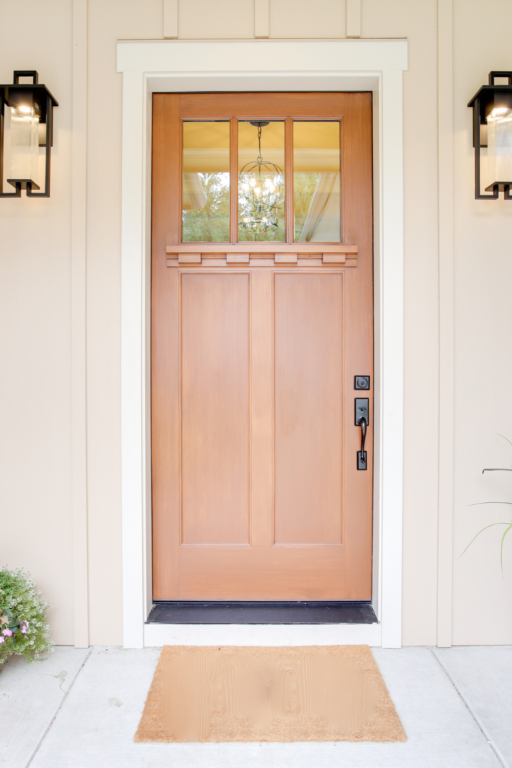



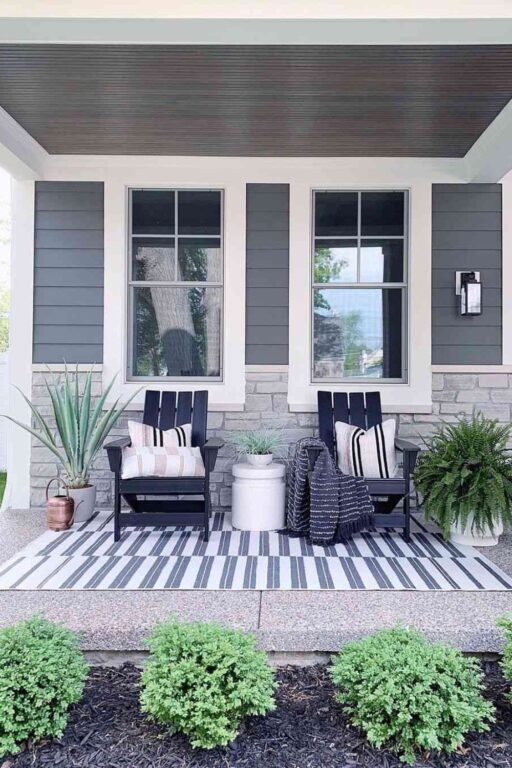

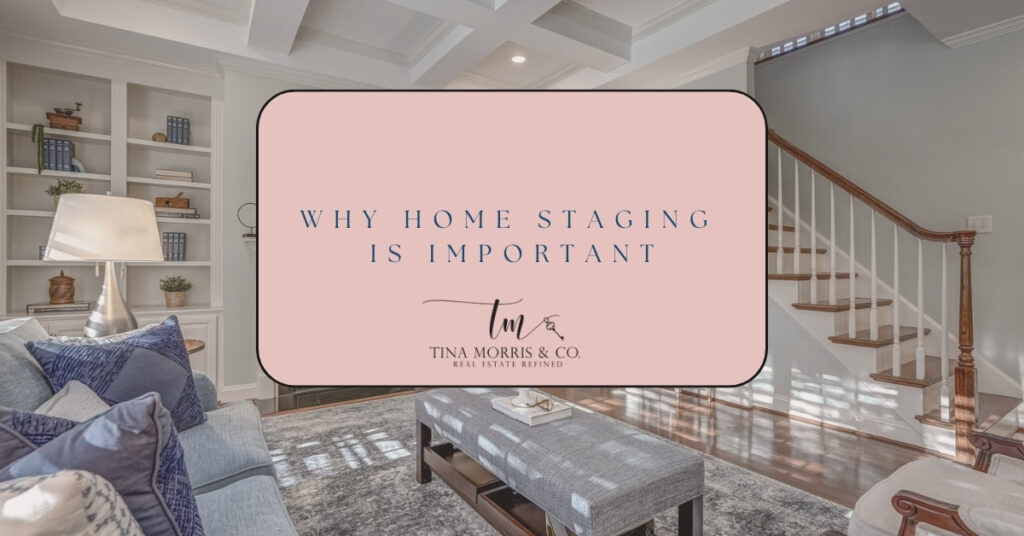
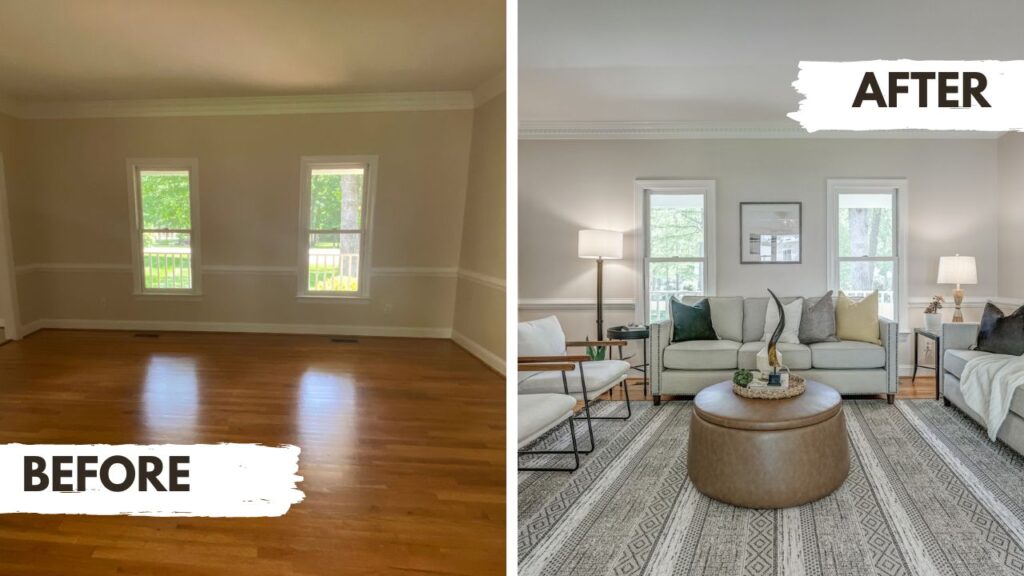
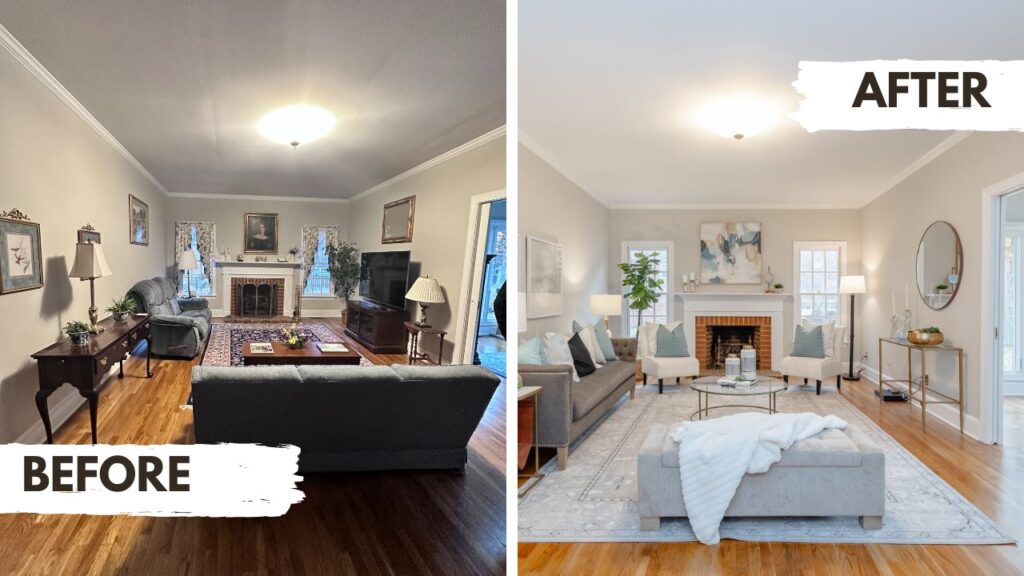
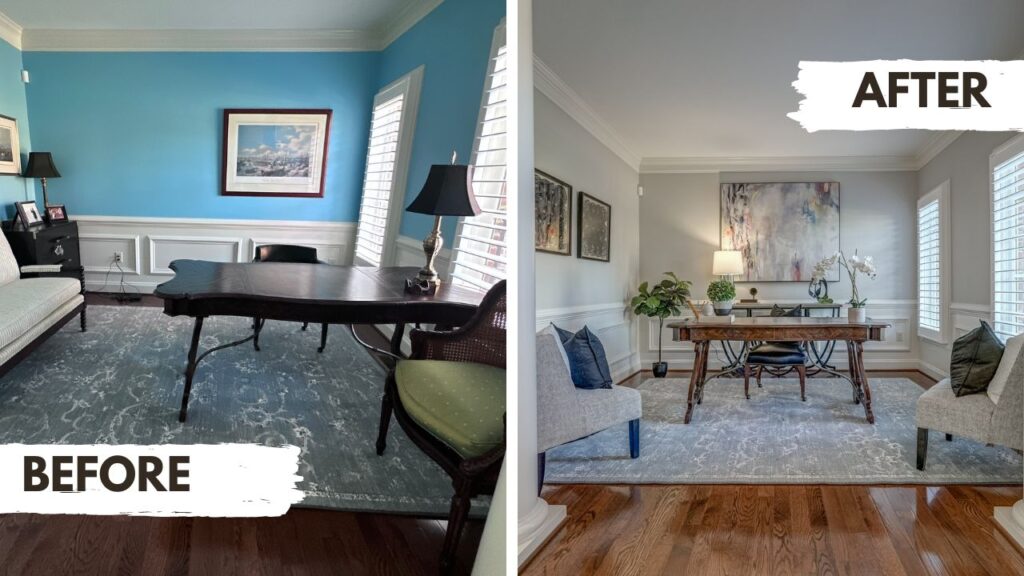

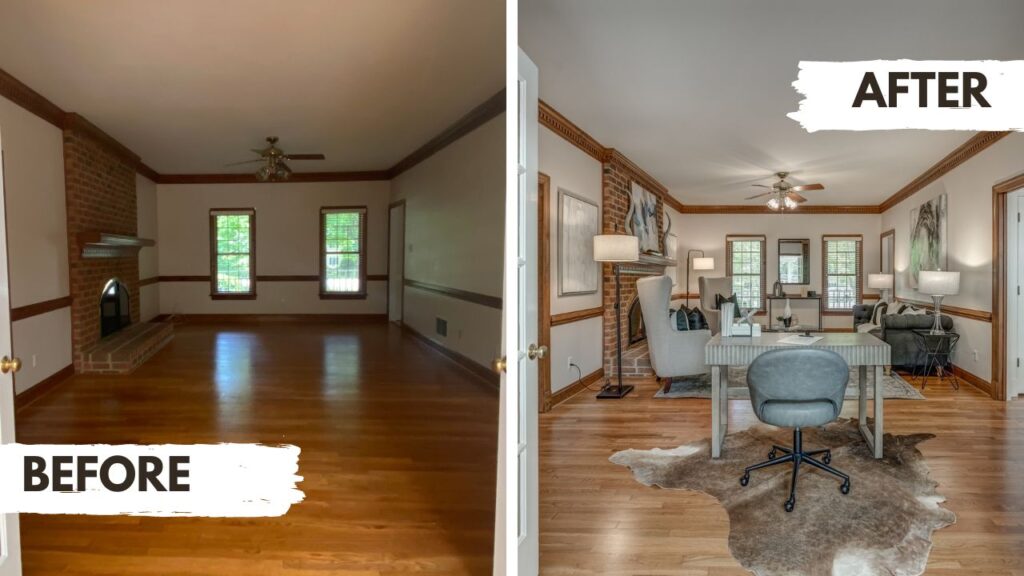

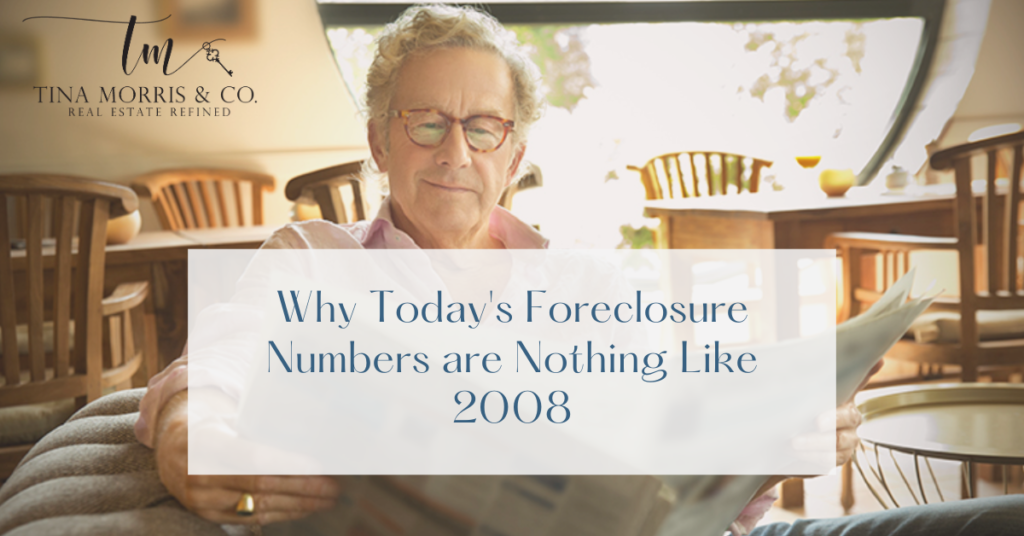
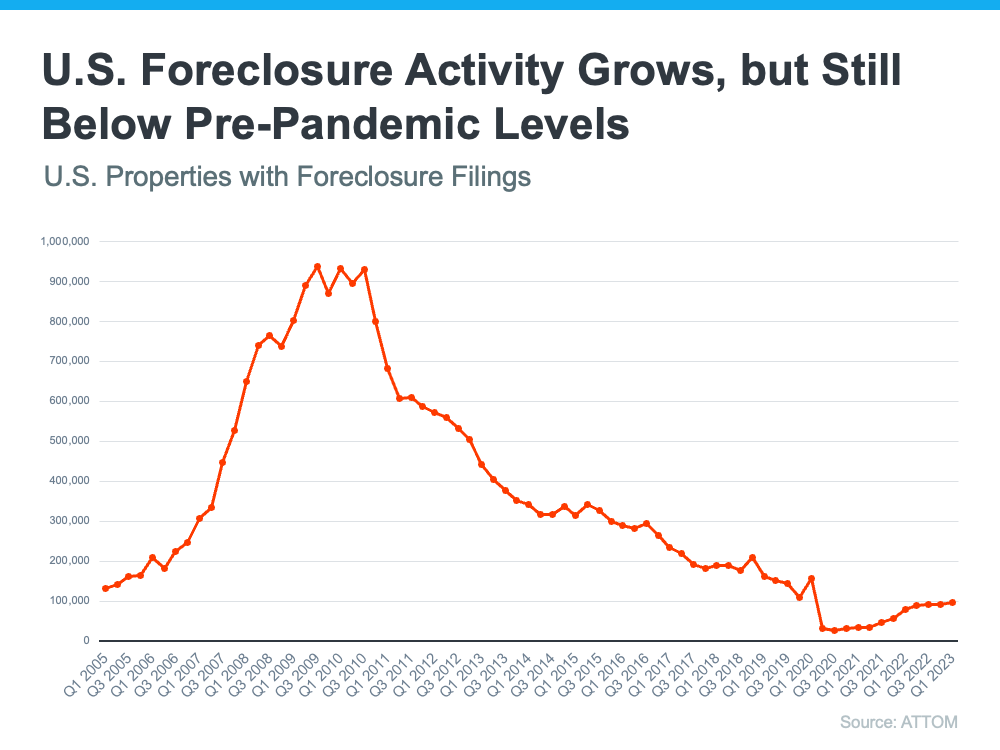


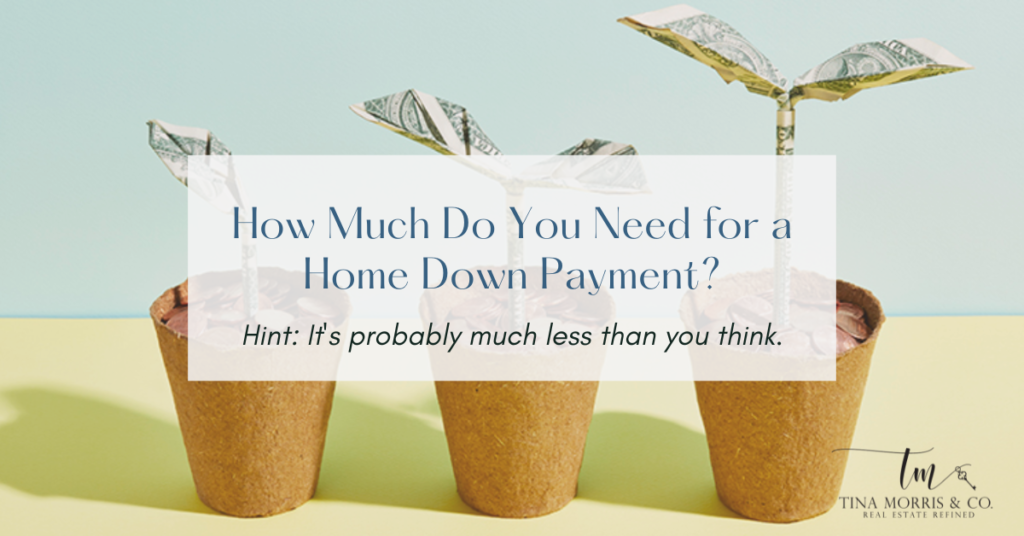

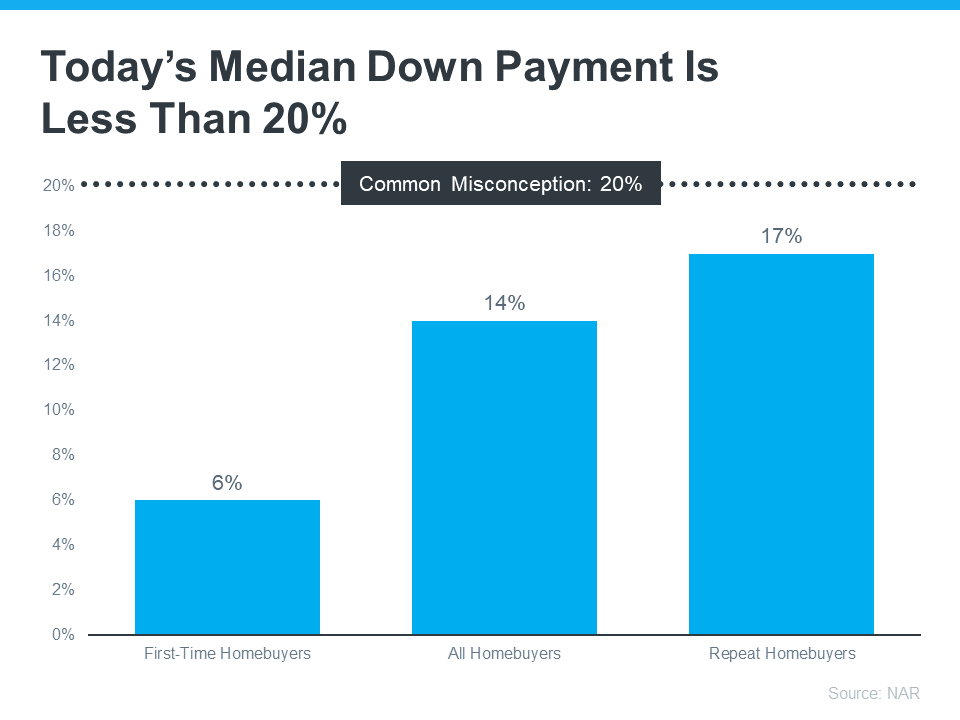


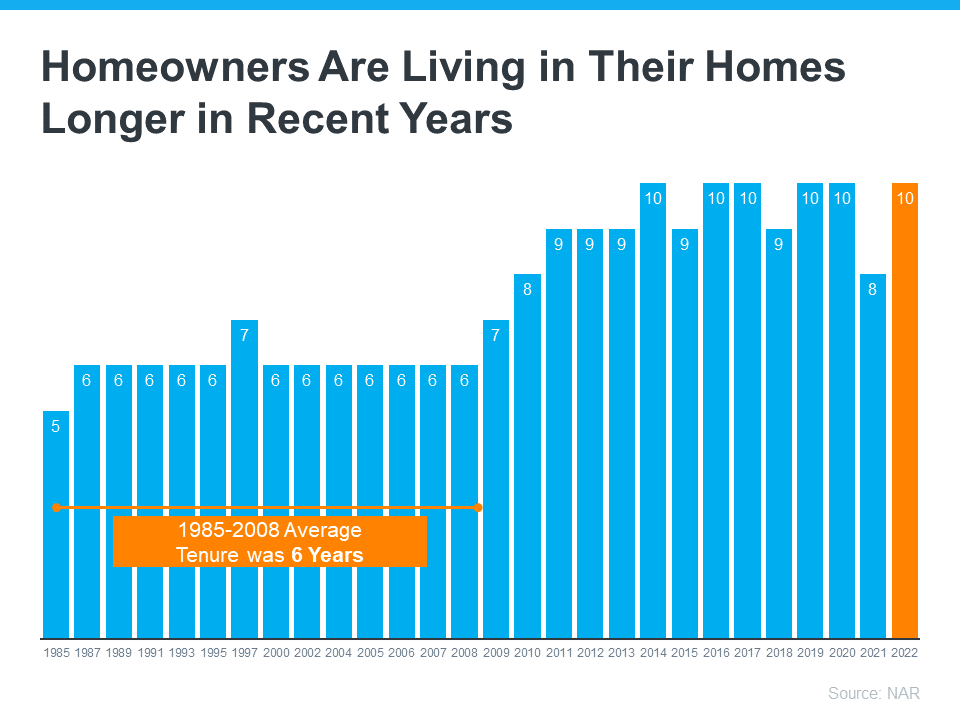
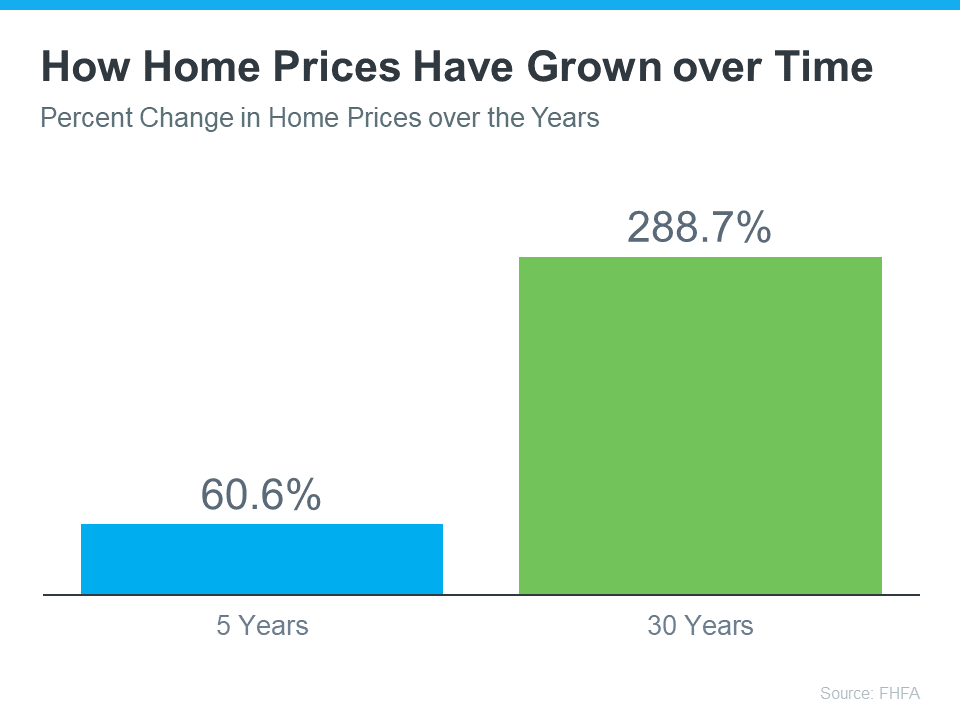

![Should You Update Your House Before You Sell? Ask a Real Estate Professional. [INFOGRAPHIC] | MyKCM](https://files.mykcm.com/2022/11/16134552/Should-You-Update-Your-House-Before-You-Sell-Ask-A-Real-Estate-Professional-MEM-1046x2648.png)